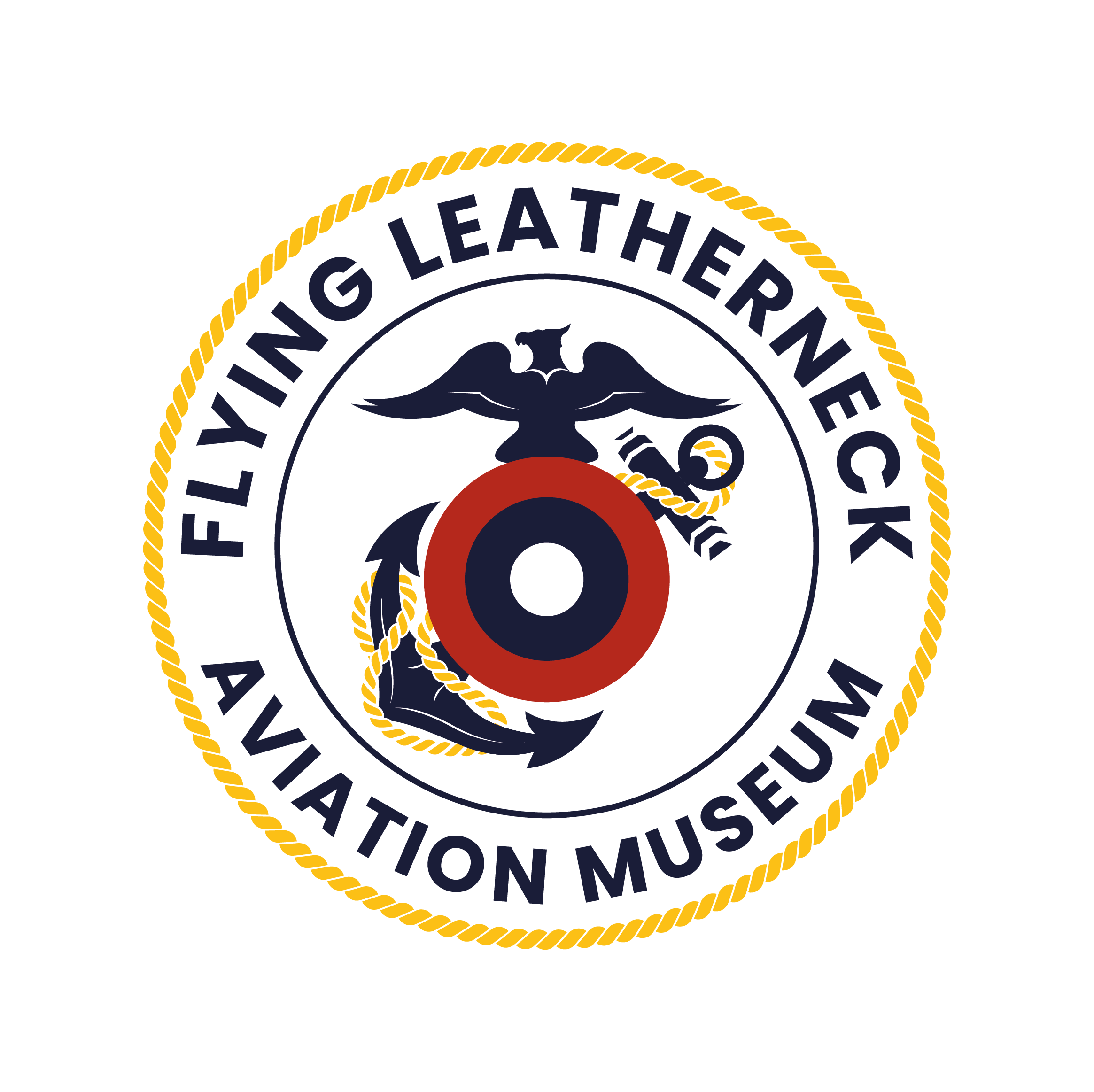F9F-2 PANTHER
$50
Raised
1
Donation
$100,000
Goal
F9F-2 Panther
The F9F-2 Panther is a landmark aircraft in U.S. Navy history, marking a significant step in the evolution of naval jet fighters. As one of the first successful jet fighters deployed on aircraft carriers, the F9F-2 Panther played a crucial role in transitioning the Navy from propeller-driven aircraft to modern jet-powered fighters.
Key Facts:
- Service History: The F9F-2 Panther entered service in the early 1950s, shortly after the end of World War II. It was widely used during the Korean War, proving a reliable and effective fighter. The Panther's role included air superiority missions, ground attacks, and close air support. It was instrumental in establishing the U.S. Navy's presence in the Korean conflict, showcasing its capabilities in combat scenarios. The Panther continued to serve into the late 1950s and was also used by the U.S. Marine Corps, reflecting its versatility and effectiveness.
- Design and Capabilities: The F9F-2 was powered by a Pratt & Whitney J42 engine, giving it a top speed of around 550 mph. The aircraft featured a straight-wing design, which provided good stability and handling characteristics for carrier operations. The F9F-2 Panther was armed with six .50 caliber machine guns and had provisions for carrying bombs and rockets, making it a versatile platform for both air-to-air and ground attack missions. Its design included rugged landing gear and folding wings to facilitate operations from aircraft carriers. The Panther's robust construction and reliable performance made it well-suited for the demanding conditions of carrier-based aviation.
- Significance in Aviation History: The F9F-2 Panther represents a key development in naval aviation, marking the shift from propeller-driven fighters to jet-powered aircraft. Its successful integration into carrier operations demonstrated the viability of jet fighters for naval warfare and paved the way for subsequent generations of naval aircraft. The Panther's service during the Korean War highlighted its effectiveness in various combat roles and contributed to the development of modern naval tactics and strategies. The F9F-2's contributions to establishing jet aircraft as a dominant force in naval aviation underscore its importance in military aviation history.
Importance of Restoration: Restoring the F9F-2 Panther is essential for preserving the legacy of one of the early jet fighters that helped shape modern naval aviation. The Panther's role in transitioning the Navy to jet-powered aircraft and its service during the Korean War reflect significant advancements in aircraft design and carrier operations. By restoring this aircraft, we honor the contributions of the pilots, engineers, and support personnel who operated and maintained the Panther. A restored F9F-2 Panther will serve as a valuable educational resource, offering insights into the early days of jet aviation and the evolution of naval combat aircraft. It will also stand as a testament to the achievements and innovations of naval aviation during a transformative period in history.
Notice:
All donations received for this campaign will be used to support the designated project or initiative. In the event that funds raised exceed what is needed, or if circumstances prevent the completion of the campaign as described, remaining funds will be directed to the organization’s general fund to support our ongoing mission and programs.

Our donors